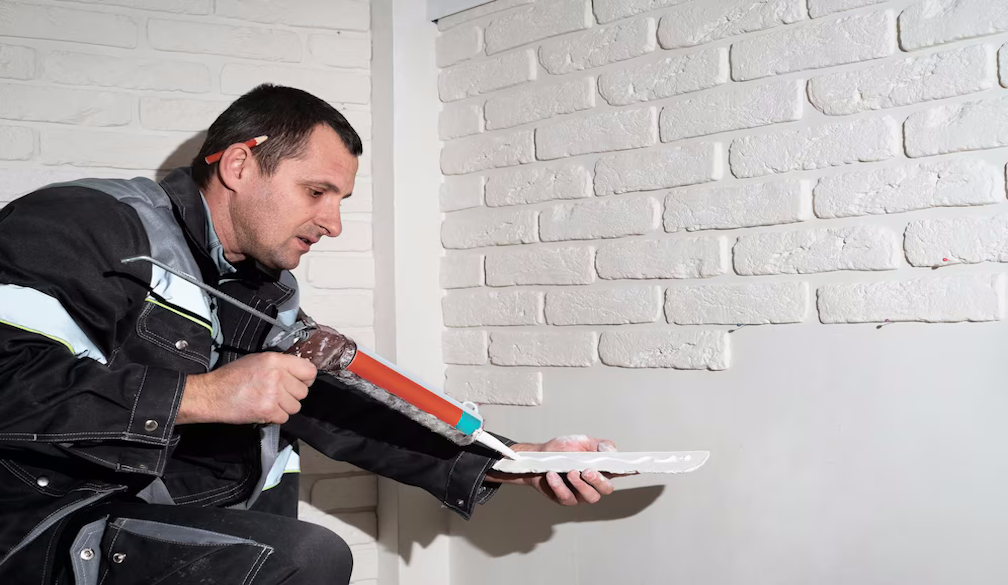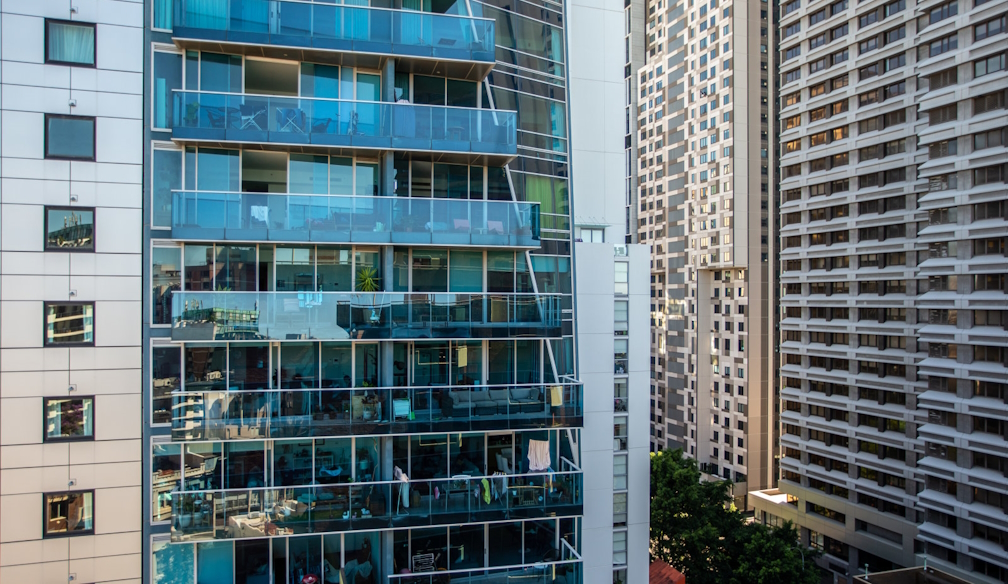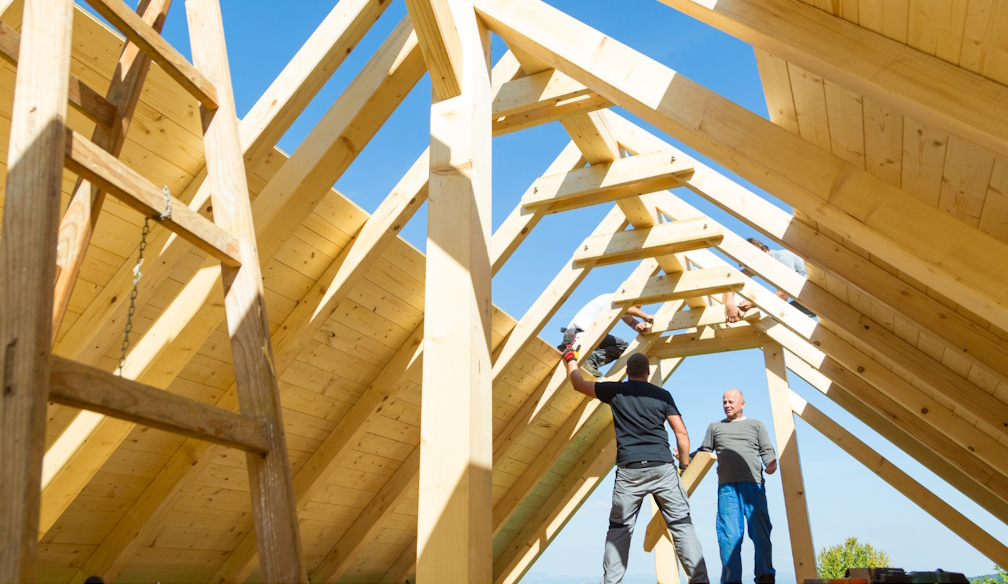The Role of Slate Sealers in Preserving Your Stone's Beauty

Slate, a metamorphic rock known for its durability and aesthetic appeal, is widely used in both residential and commercial spaces. From kitchen countertops and garden pathways to bathroom floors and fireplaces, the material's natural beauty enhances any setting. However, like all-natural stone, slate requires proper maintenance to preserve its appearance and longevity. One crucial aspect of slate care is the application of an effective sealer.
Understanding Slate and Its Characteristics
Slate is formed under tremendous heat and pressure, resulting in a fine-grained, foliated rock that can be split into thin, durable sheets. Its natural cleavage makes it versatile for flooring, roofing, and cladding applications. Slate's colour palette ranges from muted greys and blacks to rich blues, greens, and even purples, each slab adorned with unique textures and patterns.
The porosity of slate varies depending on its composition and the degree of metamorphism it has undergone. This characteristic affects its absorption rate and susceptibility to staining and water damage, making sealer a pivotal decision for preserving the stone’s pristine condition.
Why Seal Slate?
Sealing slate serves multiple protective and aesthetic functions. Primarily, it acts as a barrier against spills, stains, and moisture ingress, which are particularly crucial in high-traffic or wet areas like kitchens and bathrooms. Unsealed slate can absorb liquids, leading to discoloration and weakening of the stone over time.
Moreover, sealers enhance the natural beauty of slate by enriching its colour and adding a chosen sheen, whether matte, satin, or gloss. This transformation not only elevates the visual appeal of the space but also contributes to the overall value of the property. For recommendations on specific products, consider exploring options from Crommelin DiamondCoat Slate & Stone Sealer. They offer variants in finish and protection levels tailored to different slate applications.
Types of Slate Sealers
Slate sealers can be broadly categorised into two types: penetrating sealers and topical sealers. Penetrating sealers, as the name suggests, penetrate the surface to form a protective barrier within the stone. They are ideal for preserving the natural look of the slate without altering its texture. Topical sealers, on the other hand, sit on top of the slate, forming a physical barrier. They are often used where glossiness is desired or where extra surface durability is needed.
Each sealer type comes with its specific set of advantages and suitability, depending on the usage scenario of the slate installation.
Choosing the Right Slate Sealer
Selecting the suitable slate sealer depends largely on the installation location, expected foot traffic, and the desired aesthetic effect. For outdoor uses, a sealer that offers UV protection and resistance to weather conditions is crucial. For indoor applications, factors such as resistance to oil and grease might be more relevant, especially in kitchen settings.
When choosing a product, it’s also essential to consider the slate's finish and colour. Some sealers might enhance or alter the natural colour of the slate, a desirable feature for some installations but not for others. Always test the sealer on a small, inconspicuous area of the slate to ensure the finish meets your expectations.
Application Tips for Slate Sealers
Applying sealant correctly is as important as choosing the right type. Ensure that the slate surface is thoroughly clean and dry before application. Use a low-pressure sprayer, a roller, or a brush to apply the sealer evenly across the surface. Applying multiple thin coats is preferable to a single thick coat, as it allows for better absorption and more uniform protection.
Allow adequate drying time between coats and avoid walking on the sealed area for at least 24 hours, or as recommended by the sealer manufacturer. Pay special attention to the edges and corners of the slate pieces, as these are often areas where the sealer coverage can be inadvertently light.
Maintenance of Sealed Slate Surfaces
Post-sealing maintenance is pivotal in extending the life of both the slate and the sealer. Regular cleaning with pH-neutral soap and water is advised, as harsh chemicals can degrade the sealer over time. Avoid using abrasive tools that might scratch the sealer film.
It’s also advisable to periodically check the integrity of the sealant, particularly in high-traffic areas. A simple water-drop test—dropping a small amount of water on various areas of the slate and observing whether it beads or soaks in—can indicate whether reapplication of the sealer is necessary.
Conclusion
The role of slate sealers is undeniable in enhancing and protecting the inherent beauty of slate installations. By selecting the appropriate sealer type, applying it correctly, and adhering to ongoing maintenance practices, homeowners and property managers can ensure that their slate features remain attractive and functional for years to come. Sealed slate not only stands up better to wear and tear but also continues to add value and aesthetic appeal to any space it adorns.








